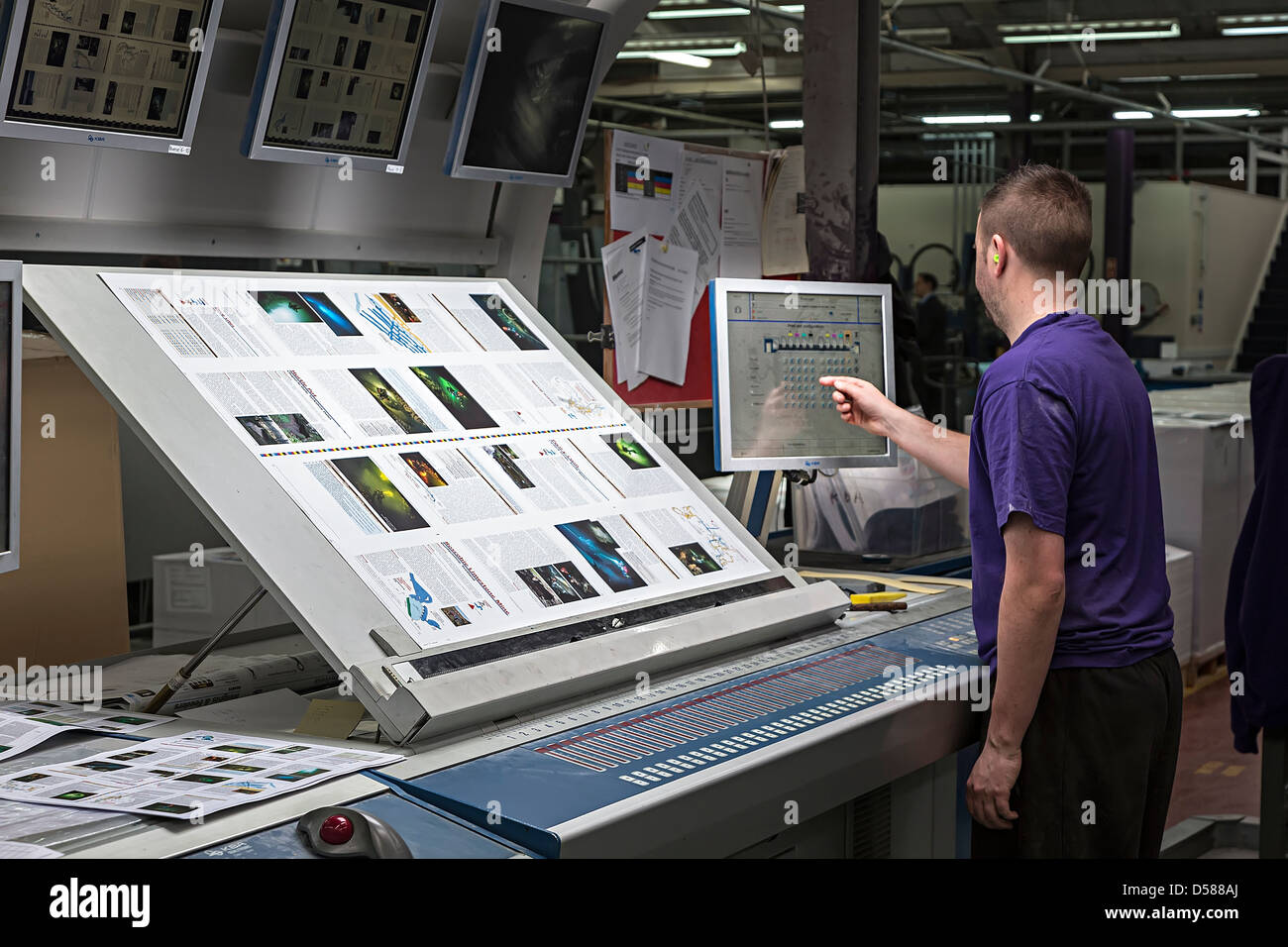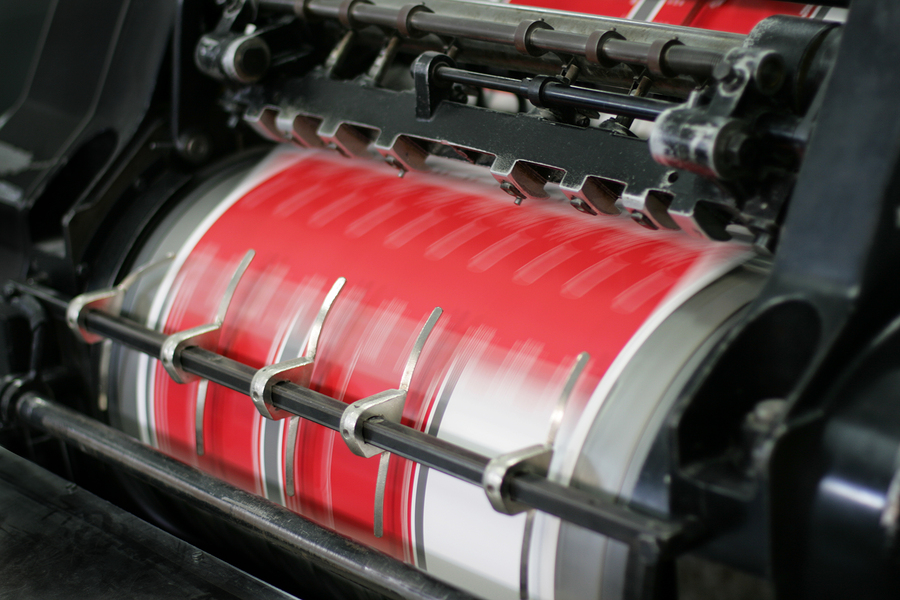Experience the Longevity and Detail of litho printing
Experience the Longevity and Detail of litho printing
Blog Article
A Comprehensive Overview to Understanding Litho Printing Strategies
The globe of litho printing, a method originating from the late 18th century, is an interesting mix of history, art, advancement and scientific research. This thorough guide will certainly unravel the complexities of this printing approach, from the structure of litho inks to the obstacles dealt with in modern-day applications. As we venture into the intricacies of lithography, the significance of automation and sustainability in guaranteeing its future significance comes to be increasingly clear. Remain with us as we trip right into the fascinating realm of litho printing.
The Historic Evolution of Litho Printing
The historic trajectory of litho printing, a critical advancement in the realm of interaction, is a fascinating story of human resourcefulness. Birthed in the late 18th century by Alois Senefelder, this strategy was initially a cost-effective technique of publishing theatrical works. Lithography, derived from the Greek words for 'stone' and 'to compose', made use of a smooth stone surface to move pictures onto paper. The procedure evolved with the introduction of the rotary press, which substantially raised performance (litho printing). In the 20th century, the innovation of offset lithography changed the market, enabling mass production of top notch prints. Each phase of litho printing's development showcases humanity's relentless search of performance and top quality in visual communication.
Deciphering the Scientific Research Behind Litho Printing Inks
Progressing in the expedition of litho printing strategies, the emphasis now shifts to the scientific research behind litho printing inks. The composition of these inks, their drying process, and color mixing techniques create the foundation of this intricate art kind. Comprehending these aspects is important to mastering the craft and accomplishing the wanted print results.
Structure of Litho Inks
In lithographic printing, the basic function of litho inks can not be overstated. The structure of litho inks varies relying on its purpose, however typically, they contain two major components - pigments and lorries. Pigments, the color-providing components, are finely ground bits put on hold in the vehicle, a fluid that carries the pigment onto the printing surface area. The lorry is a complex mixture of oils, solvents, and resins, which affect the ink's drying out time, adhesion, and gloss. In addition, different ingredients exist to improve certain residential properties like flow, drying out, and resistance to ecological effects. Each component plays a crucial component in the final print's quality, making the accurate formulation of litho inks an intricate science.
Ink Drying Process
From the composition of litho inks, focus turns to the remarkable process of ink drying out. The drying process is crucial, as it affects the last print's top quality and long life. Two key techniques are made use of in litho printing: oxidative drying out and absorption. Oxidative drying entails the ink reacting with oxygen airborne to develop a tough, dry movie. This technique offers a sturdy surface, yet can be slower contrasted to absorption. Absorption, on the other hand, involves the ink permeating right into the paper fibers, which is a much faster process yet can lead to less vivid colors. The option between these approaches is dependent upon factors such as print speed requirements, the paper kind made use of, and the preferred finish.
Shade Combining Methods
While the drying out process plays a vital duty in litho printing, the scientific research of color mixing methods holds equivalent relevance. This is an intricate process that involves the mindful blending of main shades: cyan, magenta, and yellow, in differing proportions to attain a wide array of tones. The addition of black ink, called 'essential', helps in managing the strength and deepness of the colors. The scientific research behind litho printing inks also takes into consideration the openness of the ink, which impacts just how shades overlay and mix. To achieve an efficient shade mix, print experts need to also understand the ins and outs of ink actions, shade theory, and the physical properties of the substratum on which the ink is applied.
The Art and Design Components in Litho Printing
Litho printing takes a breath life into art and style through its one-of-a-kind elements. The procedure entails developing a photo on a lithographic sedimentary rock plate or metal plate with a smooth surface area. The picture is then printed onto a tool, usually paper, by moving the ink from home plate. What collections litho publishing apart is its capability to duplicate complex designs with high integrity, making the result nearly the same to the initial art work. This is achieved via making use of different line Visit Your URL methods such as cross-hatching, stippling, and hatching, which enable for a range of tonal impacts. Litho printing accommodates a range of shades, making it possible for artists to create dynamic and vivid prints. This combination of accuracy and flexibility makes litho printing a recommended choice for numerous artists and developers.
Modern Applications of Litho Printing Techniques
Litho printing techniques have discovered extensive use in the modern industrial sector. Its influence and significance remain to expand with the development of brand-new developments and innovations in the area. This section will explore these contemporary applications and the transformative duty they play in the printing sector.
Commercial Litho Printing Utilizes
In today's electronic age, one may ask yourself concerning the relevance of standard printing methods. Yet, litho printing stays a crucial part of the commercial field. High-volume printing tasks, such as the manufacturing of publications, newspapers, and product packaging, depend on litho printing for its capability to provide superior picture high quality and expense performance. The process, which involves moving a tattooed image from a plate onto a rubber covering and after that to the printing surface, supplies unparalleled consistency. This makes it optimal for work calling for a large print run. Litho printing additionally offers a broad shade range, remarkable to that of digital printing. This makes it the best option for tasks that demand lively, premium color recreation.
Advancements in Litho Printing
Pushing the borders of standard methods, contemporary improvements have fueled a host of developments in litho Read More Here printing. One prominent growth is digital litho printing, which incorporates the merits of digital modern technology with litho's high-quality outcome. These developments underscore the long-lasting importance of litho printing in the contemporary globe.
Checking out the Refine of Litho Printing: Detailed

Obstacles and Solutions in Contemporary Litho Printing

Despite the precision and custom that litho printing proudly maintains, it is not without its collection of contemporary challenges. One of the most prevalent concerns include the high first setup cost, trouble in printing variable information, and ecological concerns due to chemical usage. Nevertheless, options are arising as innovation progresses. Digital litho printing permits economical brief runs and simple modification, addressing the issue of variable information. Environmentally-friendly inks and more secure plate-making procedures minimize environmental issues. In addition, innovations in automation have actually reduced labor costs, even more equalizing the lithography process. Therefore, while there are difficulties, the litho printing sector is proactively adapting to fulfill them head-on, guaranteeing its importance in the future.
Verdict
To conclude, litho printing, with its rich history and clinical ins and outs, holds a significant area in the print sector. As the overview exposes, it's a synthesis of art and technology, with modern-day innovations guaranteeing its significance. Nevertheless, the market encounters challenges that need ingenious remedies, with a concentrate on automation and sustainability. The future of litho printing pivots on its capability to adjust to these changing needs, attesting its long-lasting worth in a developing market.

Report this page